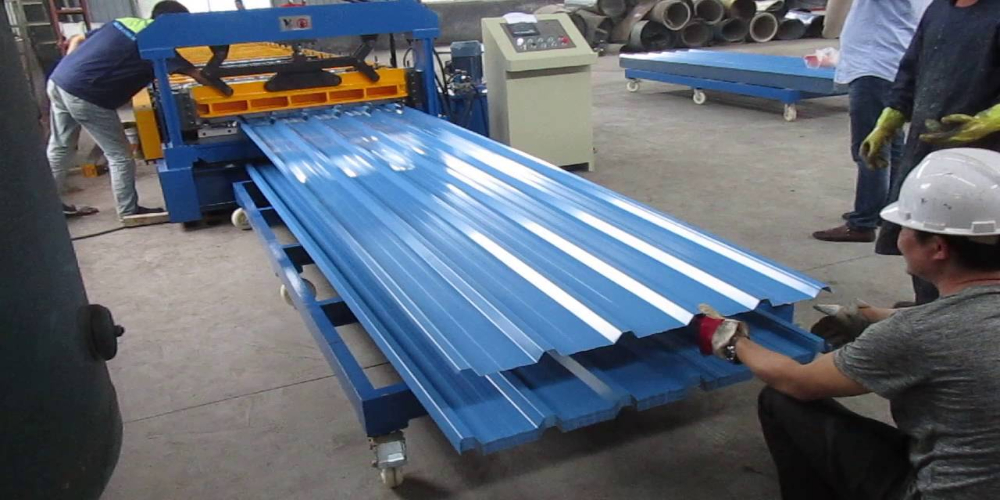Long strips of metal, often coiled steel are fed into a roll forming machine, also known as a metal-forming machine where they are formed into various predetermined shapes. In the vast majority of cases, the needed cross-section profile of the item is purposefully built for the machine to bend the metal by the requirements. In addition to roll forming these machines can carry out various tasks related to metalworking such as material cutting and roll punching.
Working
Roll-forming machines can bend metal at room temperature by using a series of stations with permanent rollers that guide the metal and bend it in the required machine. The roll-forming machine has many sets of rollers, and each set at each station bends the metal in a little different direction than the set of rollers at the station before it.
This technique of bending metal in consecutive steps guarantees that the desired cross-sectional shape is obtained while preserving the cross-sectional area of the workpiece. Roll-forming machines are an excellent option for producing huge components or extremely long sections since they typically operate from thirty to six hundred feet per minute.
In addition, roll-forming machines are useful for producing accurate components that need almost any, if any, further finishing work. The final result will typically exhibit a good polish and extremely fine detail with the degree to which these characteristics are manifested dependent on the nature of the material that is being sculpted.
The Fundamentals of Roll Forming
The fundamental roll-forming machine consists of a line that may be disassembled into four significant components. The first segment is known as the entrance section, and it is here that the content is loaded. Depending on the application, the material is often put in sheet form or supplied from a continuous coil. The subsequent part of the process is called the station rollers, and it is here that the real roll forming occurs. In addition to giving the metal its form, the station rollers serve as the primary propulsion mechanism for the machine.
The cut-off press is the next part of a basic roll-forming machine. In this section, the metal is cut to a length that has been specified in advance. Techniques known as “flying die cut-offs” are often used as a result of the high speed at which the machine operates, as well as the fact that it is a machine that operates nonstop. The last stage is called the exit station, and it is the place where the completed component departs the machine onto either a roller conveyor or table, where it is then moved by hand.
Recent Advancements
Modern roll-forming machines have been designed with the assistance of computer-aided tooling. Roll-forming machines can perform to the best of their abilities when CAD/CAM technologies are included in the process. Computer-controlled programming gives roll-forming machines an inbuilt “brain” that can detect product defects, reducing product damage and waste.
Programmable logic controllers are a common feature in today’s roll-forming machines, which helps to maintain precision. This is necessary if a component has many holes or needs to be cut to a precise length. The programmable logic controllers reduce the precision while simultaneously increasing the tolerance levels.
